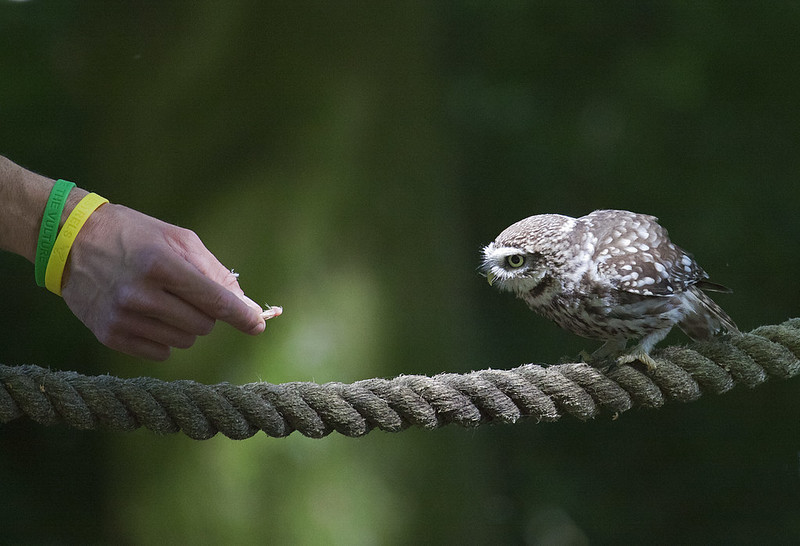The Power of the Trust Network
 The members of the Trust Network have worked together for a long time. And over that time together they’ve developed trust-based relationships that are more powerful than almost anything in the universe.
The members of the Trust Network have worked together for a long time. And over that time together they’ve developed trust-based relationships that are more powerful than almost anything in the universe.
The Trust Network knows the work intimately and can do it in their sleep. They intuitively know the work should be started, the work should come next, the work should come after that, and the work should be scuttled.
In meetings, members of the Trust Network represent each other’s positions and protect each other’s interests. They’ve worked so long together that they know what each other think and can anticipate each other’s moves. The Trust Network communicates so quickly you’d think they’re telepathic. In truth, they’re only almost telepathic.
Members of the Trust Network don’t wear team jackets or advertise their membership status in any way. In fact, they never even call the network by name. You don’t know who they are, but they do. They hold regular meetings, though those meetings look like every other regular meeting. The Trust Network hides in plain sight.
When a project slowly emerges from the ether and blossoms into something special, that’s the workings of the Trust Network. When there’s no money to pay for an important purchase, yet the money mysteriously finds its way to the person who needs it, that’s the workings of the Trust Network. When a highly utilized piece of equipment suddenly comes available to support a seemingly unimportant project, that’s because the Trust Network knows it is truly an important project.
When a Vice President starts a pet project and tries to push it over the finish line, it’s the Trust Network that creates the resistance. When resources are slow to start the work, that’s the Trust Network. When emergency-type problems conveniently pull resources from the critical path, that’s the Trust Network. When the technical people stand up and say “this won’t work,” it’s the Trust Network that made it safe for them to say it.
When the formal org chart can’t get it done, the Trust Network engages to get it done. They simply come together to get the right people working on the right work, get the right analyses done, and invoke the right processes and tools right tools. The Trust Network doesn’t ask permission.
In an arm-wrestling match between the formal organizational network and the informal Trust Network, the formal network doesn’t stand a chance.
When the Trust Network sees organizational shenanigans, it turns the volume up to eleven. When the Trust Network sees people being mistreated, they get angry and swarm the troublemakers. And though it’s an invisible swarm, it’s a swarm that stings. And because its prime directive is to protect the hive, it’s a swarm that will not stop until the mistreatment stops. And because they know the work so well, they know how to sting in the most painful way.
If you want to be tapped for membership in the Trust Network, here’s what you should do. When there’s a big problem, run toward that problem like your hair is on fire and fix the problem. Don’t ask permission. Just fix it. When there’s a project that’s in trouble, donate resources and your time. Don’t ask. Just get the project back on the rails. When you see someone that’s suffering or having difficulty, help them. Don’t ask them if they want your help. Just help them. When you see someone that is about to make a big mistake, invite them to coffee, and help them make a better decision or take a better approach. Don’t ask, just help.
The Trust Network is always looking for new members and will reach out to you after you make a habit of demonstrating the right behavior.
Here are two more posts on the Trust Network — The Trust Network and Trust Network II.
“Hawk Conservancy Trust, Andover” by MarilynJane is licensed under CC BY 2.0
 Mike Shipulski
Mike Shipulski